We Need to Keep Doing DERs
Michael Hindle explores the efficacy of deep energy retrofits and discusses essential considerations for effective climate mitigation.
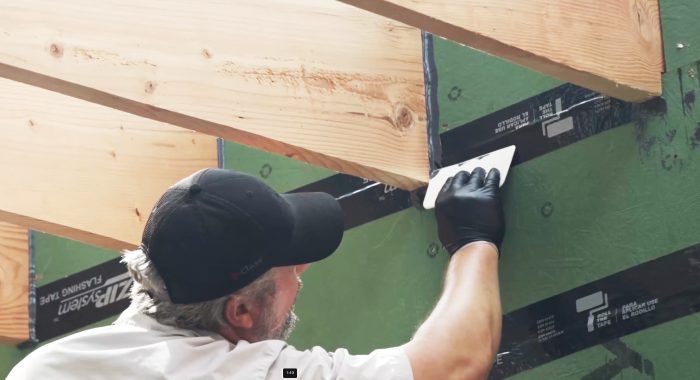
In the April/May 2023 issue, Fine Homebuilding published a fine article titled “The End of Deep Energy Retrofits” by Rachel White of Byggmeister. Rachel and Brendan Kavanagh, also from Byggmeister, also gave an excellent presentation “Why We Stopped Doing Deep Energy Retrofits” as a keynote at last spring’s NESEA conference in Boston. Both the article and presentation were grounded in data, and demonstrated flexibility, humility and honesty in being willing to follow evidence supporting a conclusion different from their own prior convictions.
The premise was that deep energy retrofits are not as cost effective as moderate envelope improvements and heat pumps. In the NESEA presentation they provided extensive cost benefit analysis slides, including a graph showing the dollars spent per kgCO2e reduction in more moderate retrofits vs deep energy retrofits—much like charts of diminishing returns for insulation that many of us have pushed aside for years while “tunneling through the cost barrier.”
I enjoyed the article and presentation, but I am deeply skeptical of “cost-benefit analysis” in our context of accelerating climate disruption. Even the best examples, like Byggmeisters’, are often cases of what environmental scientist Donella Meadows referred to as bounded rationality—the idea that behavior can appear rational within the confines of a defined set of boundaries with access to limited information, even if they seem irrational and destructive when viewed from a larger context. Arguments that prioritize cost effectiveness make perfect sense when working with private clients in a society with artificially cheap energy. But those conditions are themselves the source of both the original problem and the limitations of the analysis. In a free-market economic system with no appreciable feedback mechanism reflecting the cost of environmental damage, this was a foregone conclusion.
By focusing on the family-level economics of a home renovations, cost-effectiveness draws the systems boundary around that which directly affects a firm’s business practice and the owners’ decision-making. This is a perfectly rational approach in a normal context.
Unfortunately, we are not in a normal context. We have blown past the limits of earth’s carrying capacity with remarkable speed, and continue to accelerate.
The problem with narrowly drawn boundaries in this new context is that they leave half of the “cost-benefit” equation completely off the ledger–the cost of NOT doing DERs. The argument against doing DERs applies a micro-economic home renovation analysis to a very macro problem—the existential crisis of the global commons known as the atmosphere.
The tool does not fit the task.
We are all embedded in a system of finance and industry that is notoriously disinclined to acknowledge systemic weakness, so long as someone can be making the last buck before collapse. This makes it very hard for any of us small-fry, dependent on financial institutions and industrial producers, to make different decisions. We can do precious little about how value is assessed or how the rules are set. However, continuing with the same sort of analysis just plays into this systemic habit. We are well past the point where standard cost-benefit analysis can meaningfully guide us.
The problem still remains: how do we, with virtually no leverage, change our own, and our clients’ assessment of “value”, “cost” and “benefit”?
Some believe this is a question of semantics rather than one of “doing” or “not doing” DERs. After all, even moderate retrofits are reasonably ambitious, and perhaps the definition of DER was too rigid in the first place. I agree. Indeed, my own house is a positive-energy retrofit and does not strictly meet the conventional definition of a DER. It is not uniformly wrapped in 4 in. of exterior insulation. Half the house has historic, exterior stone and only a 3.5-in. insulation cavity. Nor is it a moderate retrofit plus heat pumps. We found places to compensate for the weaker points of the envelope. We did well over half the work with our own hands as we were able to save up money for projects. It took seven years, though we achieved zero energy in the first three. We are now positive energy even with our EV. (We did not conform to a cost benefit test.)
However, saying this is just a discussion about semantics leads me to my greatest concern about how the debate is framed. Design and construction professionals are not immune to the hazards of conventional wisdom. Unequivocal like “DERs are Dead” will almost certainly convince many within our community that this is true as they position themselves in the marketplace accordingly.
Also, we mustn’t forget, the “sustainability corner” of our industry exists within the larger context of developers, financiers, and builders who really don’t give a damn and are maximizing returns come hell or high water (and they are likely to get both). I fear many would gladly use “DER is not cost effective” as ammunition against better building standards, and I fear they will now have more leverage.
The argument that DERs are counter-productive because they are not the “most efficient path” to decarbonization creates two other risks. First, it provides the perfect justification to do less than might be perfectly reasonable and achievable. Where siding and window replacement are needed, the obstacles to “going deep” may not be so great, but this argument provides a devastatingly simple dismissal of such opportunities. Second, our community’s laudable focus on efficiency in this instance risks blinding us to the absolute fact that every kg of CO2e avoided counts, wherever it can be achieved, and the atmosphere really doesn’t care how “efficiently” it is accomplished. The efficiency argument justifies doing marginal improvements because they are more “scalable.” But scaling inadequacy just means more inadequacy.
People buy things all the time that are not remotely rational or cost-beneficial, motivated by status, pride and greed, but also by love, aesthetics, and inspiration. Why is it that the wealthy client is willing to spend exorbitantly on status symbol appliances and finishes but suddenly gets very pre-occupied with cost-benefit once we start talking about insulation or better windows? This is really a question of societal values.
I am visiting Newton, MA as I write this, and it is apparent that homeowners here generally have the means to make meaningful choices. Like anyone else, I suspect their decisions have much to do with the information they are given. As “experts”, much of that is up to us. We need to have the guts to discuss the real cost of carbon (and carcinogens, and bio-accumulating neuro toxins, and the list goes on) and the value of low-impact design to frame the debate properly, even if the market does not recognize those values as real (yet). To suggest preemptively that it just doesn’t make sense to do a DER is to circumscribe our creativity, and our client’s conception of what is possible. And if there are two things we need now, it is creative ambition and the belief that saving ourselves and the biosphere is not only possible, but beautiful, inspiring, and generous.
My firm has experienced a groundswell of inquiries from middle-class families with modest homes . We have told them they will most likely not make the money back. Each replied “We want to help fight climate change.” Please! Don’t do anything to convince them that this is not a worthy goal. The mindset of these people is literally the antidote to our current, market-based madness of extraction and destruction.
My wife, Carri Beer is an architect, permaculture designer, and co-owner of our company. Together, we have worked on a number of foam-free, Passive House DER designs. Many who approach us cannot afford our full services and would be better off spending that money on insulation or the ERV.
Carri recently launched a platform for customized “retrofit field guides.” On the Homeowner’s Radical, Regenerative, Retrofit website (radicalretrofits.com), homeowners can choose their home type and select from various conditions (foundation, foundation to wall, rim and band, attic) that may exist. We pull from our detail library of successful, foam-free DER solutions, ordered and prioritized into a master plan. She incorporates these along with other informative DER resources into a customized field guide ready for implementation by the homeowner. If there is a unique condition, we offer to resolve that detail for a modest fee. Carri uses our home as a narrative case study throughout the book to guide the homeowner through an experiential journey of the successes, failures, and timeline of our family’s DER. She publishes the final product as a pdf and/or print booklet for a fraction of the cost of full architectural services. We hope this will give many more people an affordable resource to achieve ambitious carbon reductions.
We do not see ourselves in a polarized debate with the building community. We know the solutions exist, and each building will call for a different mix. We also know that we need to force the cost of failure onto the balance sheet so that practitioners, policy makers, and homeowners alike can make informed, ethical decisions about how to be stewards of their small piece of our shared home as we enter into a very uncertain future.
— Michael Hindle; Passive to Positive, Catonsville, Md.
From Fine Homebuilding #323 — a version of this article originally appeared on Passive House Accelerator.
RELATED STORIES
- Energy Retrofit
- What Is a Deep Energy Retrofit?
- The Big Rewards of a Deep Energy Retrofit
- The End of Deep Energy Retrofits?
- Deep-Energy Retrofit of an Old Timber Frame
- Retrofits for Energy Performance and Design Impact
Fine Homebuilding Recommended Products
Fine Homebuilding receives a commission for items purchased through links on this site, including Amazon Associates and other affiliate advertising programs.

Reliable Crimp Connectors

8067 All-Weather Flashing Tape

Handy Heat Gun


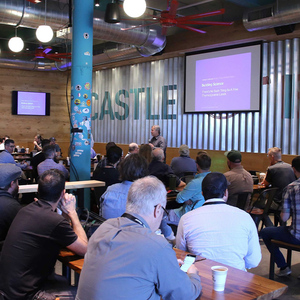
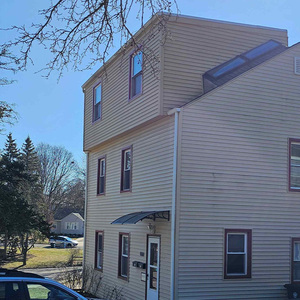
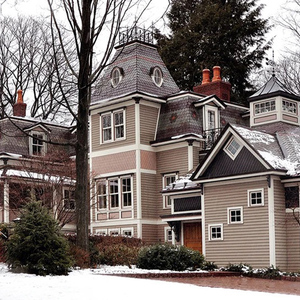




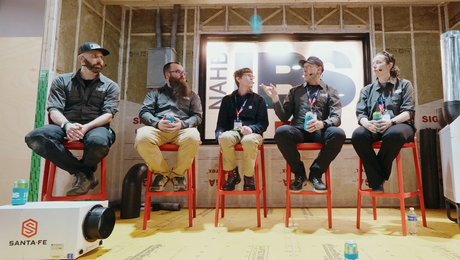
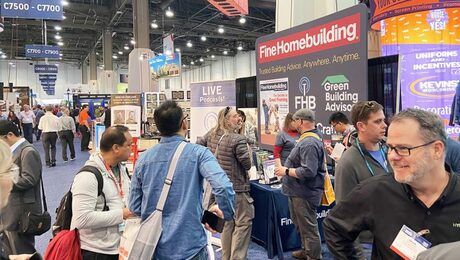

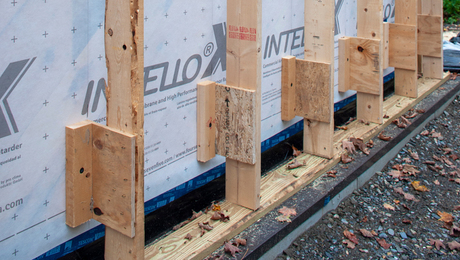









View Comments
Where is the rest of this article? It's cut off